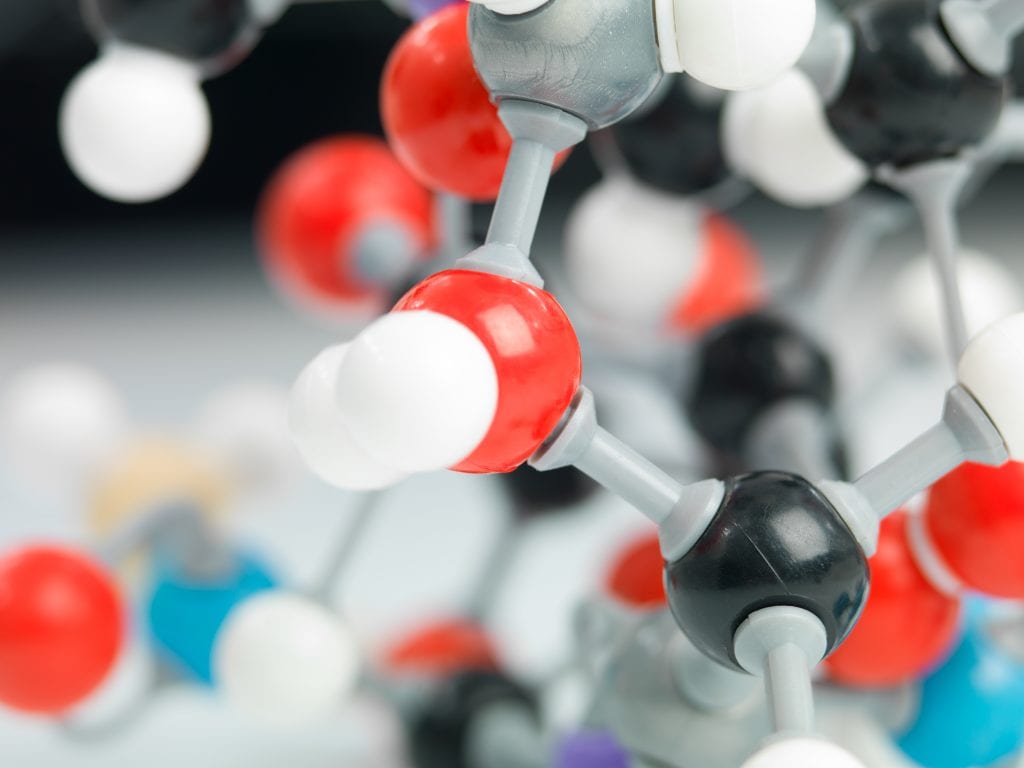Molecule II

Theme Leaders - Molecule 2:
Prof. Donal O’Shea
Royal College of Surgeons Ireland
Prof. Thorri Gunnlaugsson
Royal College of Surgeons Ireland
Molecule II platform projects:
Project 1E: Bio-conjugations In Flow; Drug Conjugates, Theranostic Imaging Agents and High- throughput Screening. Project 1F: Triggered Drug Screening and Release in/from. Project 1G: Peptide-based Targeted Drug Delivery Systems. Project 1H: Theranostic (Luminescent) Platforms for Targeted Oligonucleotide and DNA. Project 1I: Biocompatible, Supramolecular Network Structures for Drug-delivery. Project 1J: Theranostic Platforms for Cancers.
Overall Objective:
To develop molecules and methods for automated and in flow generation of targeted drug hybrids: drug -antibody, -peptide, -oligonucleotide and - glycoside conjugates; tailored control release formulations; sensing, assessment and imaging methods for screening drug delivery. Formulation of novel hybrid drugs opens up novel and unforeseen challenges that will be investigated and mastered.

Key Scientific Expertise:
The team consists of leading international researchers, with proven expertise, including: synthetic chemistry; flow chemistry; chemical biology; bio-conjugations; hybrid inorganic and organic materials, biological-profiling; bio-inorganic; carbohydrate and automated peptide synthesis; photochemistry; molecular sensors and screening; structural analysis; physico- chemical characterization/analysis; protein expression, purification and modification; proteomics; metal-based drug conjugates, therapeutics and theranostics; imaging agents DNA targeting drugs; fluorescence and cellular/body imaging; material (nano-) chemistry, enzymatic drug activation and release.
Industrial Significance:
- Methods for production of antibody, peptide and glycosylated drugs for targeted delivery.
- Functionalization of drug hybrids with luminescent probes, which have been in fully or part clinically investigated, and the application of biomolecules for achieving targeted drug payload release.
- Application of drug hybrids for therapeutic delivery by monitoring luminescence responses, providing a more effective screening processes allowing a more efficient identification of optimal conjugates.
- Use sensing methods to refine conjugation chemistries and determine better selectivity and sensitivity in drug-hybrid structures and bi-conjugated probes.
- Develop novel targeted ‘drug-hybrids’ using radical supramolecular chemistries; involving high-throughput one pot and in-flow technologies.
- Combining the above within crystalline or soft-material to allow for effective drug release that is triggered by enzymatic or light activated release.
- Gain precise in flow control over the drug to antibody and peptide conjugation chemistries to ensure defined and reproducible end products.
- Illustrate the potential of applying sequential flow micro-reactor technology coupled with flow liquid-liquid extraction technology to industry relevant drug antibody conjugations and peptide chemistries.
- Developing targeted drug candidates (either as pro-drugs, drug-conjugates, etc.) that can be selectively delivered thought ‘triggered’ release remains a challenge that this team will address.
- The use of highly selective, reproducible and scalable synthesis using novel industry relevant technologies and their adaption for into bio-conjugates, antibodies, etc. which remains a challenge that the team has in depth expertise in.
- Developing highly luminescent and in vivo applicable long-wavelength sensory/probes/imaging agent systems for use in screening technologies remains a challenge that this team has strong track record in delivering on; the next generation ‘hybrid drugs’ will strongly benefit from such developments.
- The use of soft-material and coordination networks that can be employed in delivering novel and smart drug-hybrids, or be used to incorporate sensors in for monitoring drug release, etc.
- Formulation of novel hybrid drugs opens up novel and unforeseen challenges that the team will investigate and master, particularly through the use of soft- and coordination polymer based materials.
- Controlled release formulations for highly water soluble antibodies and peptides remains a stumbling block for their more widespread clinical use. The most commonly utilized approach being pegylation for antibody delivery; this limiting drawback will be addressed by this expert team.
- Developments of novel targeting systems as ‘drug-hybrids’, ‘pre-probes’ and bio-conjugates (including antibody drugs, short peptides and polysaccharides, etc.) that can be selectively activated and delivered (and monitored) are major current challenges.
- Screening of drug candidates using fast luminescent methods coupled with enzymatic activations (and observed delivery) has been a hot topic in drug/medicinal chemistry. The programme put together by this team will greatly accelerate the progress of delivering such ‘smart/intelligent’ drug/pharmaceuticals.
- The use of soft-materials such as supramolecular gels and coordination networks that can dynamically report on drug delivery status offers the transformative breakthrough for drug delivery systems.
- Reactions carried out in flow rather than batch processes give rise to a paradigm shift from current need to “scale-up” a chemical reaction for production to “scaling-out” to reach production capacity, i.e. once a flow reaction is optimised it can be run indefinitely giving a continuous stream of product.
